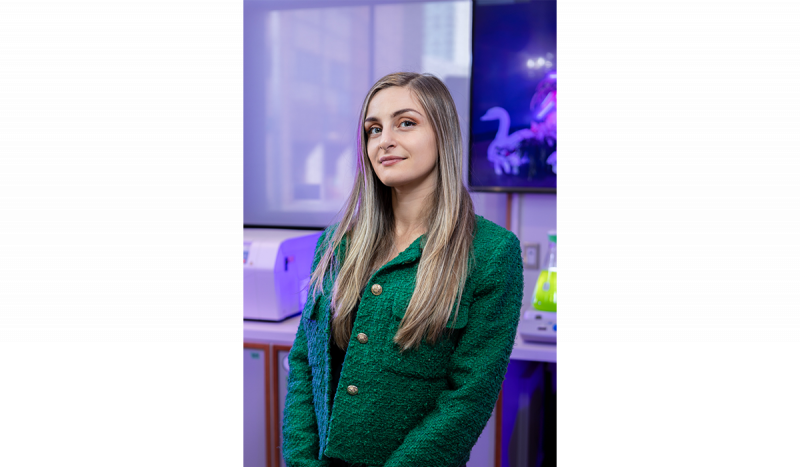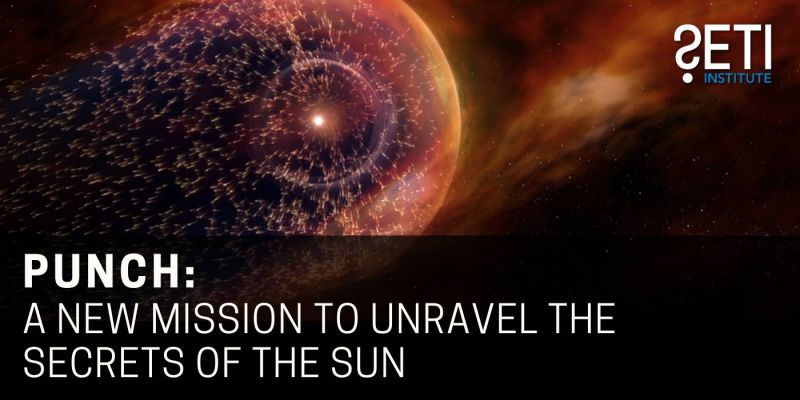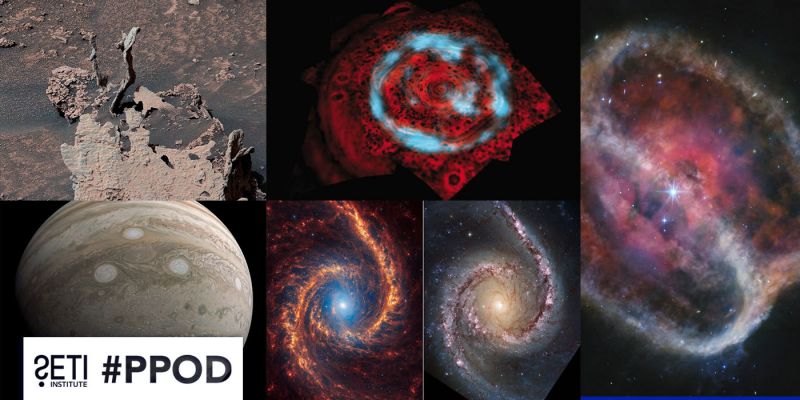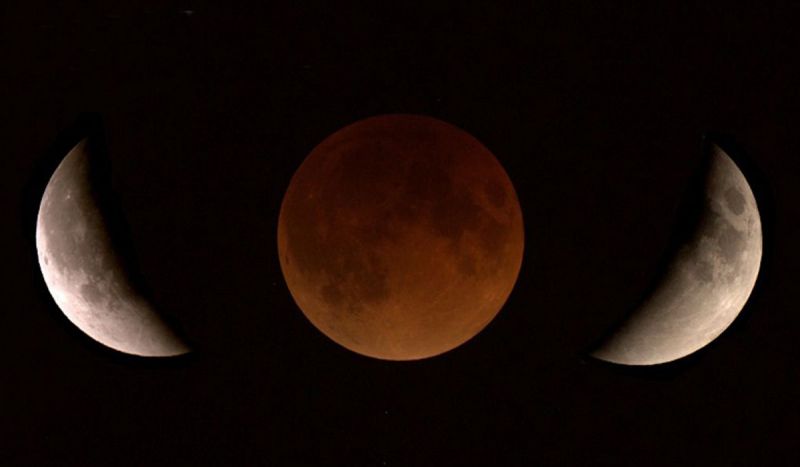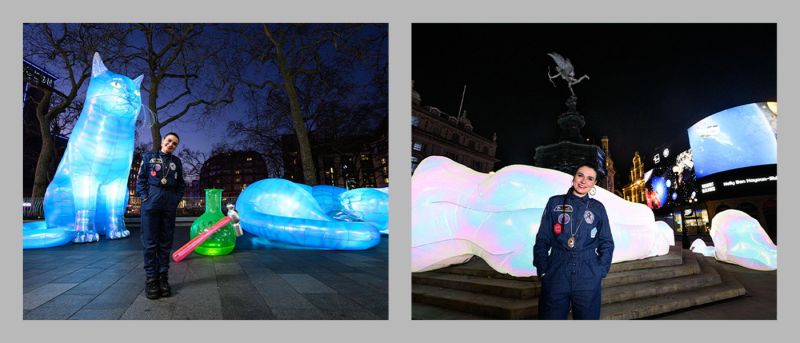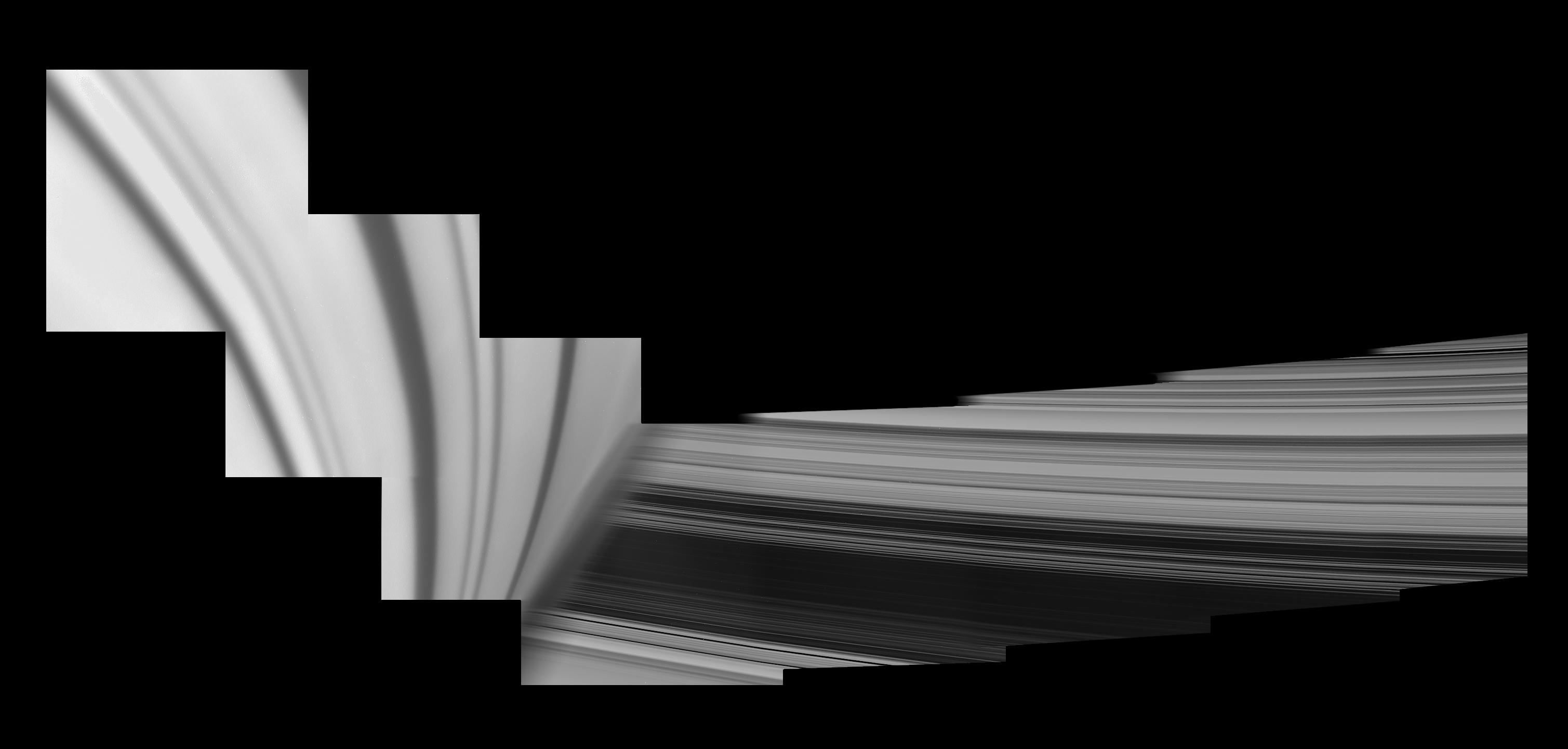
At last week’s American Astronomical Society Division for Planetary Science meeting in Provo, UT, new findings about data provided by the Cassini spacecraft were announced. SETI Institute scientist Matt Tiscareno, who has been working on Cassini since 2004 and led the discovery of the propellers in the rings around Saturn, was among the scientists announcing new insights from Cassini. Propellers are small moonlets that create wakes in Saturn’s rings and have been compared to baby planets that can form in disks around young stars.
Cassini’s Ring-Grazing orbits, weekly dives through the ring planes just off the outer edge of the main rings of Saturn that took place from December 2016 until March 2017, captured images that showed “swarms of smaller propellers” that were unexpected by the team. In his presentation, Matt noted:
“These are important because this is a window into planetary formation processes. What happens when big solar systems are forming is that you start to get the seed of a planet, but it’s embedded in a disk. So the disk is affecting the embedded mass, but the embedded mass is also affecting the disk, and we want to know more about what happens in both directions, and propellers give us a window into that.”
Matt also revealed that images taken the day before Cassini’s plunge into Saturn’s atmosphere captured images of six propellers whose orbit had been tracked over the last several years: Blériot, Earhart, Santos-Dumont, Sikorsky, Post and Quimby.
It will likely take years for scientists to analyze the data generated by Cassini.
- NASA.gov: Fresh Findings from Cassini
- YouTube: Astrobiology Magazine – Fresh Findings from Cassini
- Spaceflight Now: Cassini Results Still Keeping Scientists Busy
- Seeker: Cassini’s Final Days Produced a Burst of Fresh Science
- International Business Times: NASA Releases New Cassini Findings About Saturn and its Rings
- Clarksville Online: NASA Reveals New Findings from Cassini Spacecraft’s Observations of Saturn
The SETI Institute's Lori Fenton, an Aeolian geomorphologist, joined the WeMartians podcast to talk about the beautiful wind-formed dunes, ripples and mysterious TARs of Meridiani Planum.
The plains of Meridiani Planum, where the Opportunity Rover is currently exploring, is home to many surface features, but none are as stunning and the wind-formed dunes and ripples. How do these features form, and what significance do they have on the overall climate and history of Mars?
- WeMartians: The Four Winds of Mars
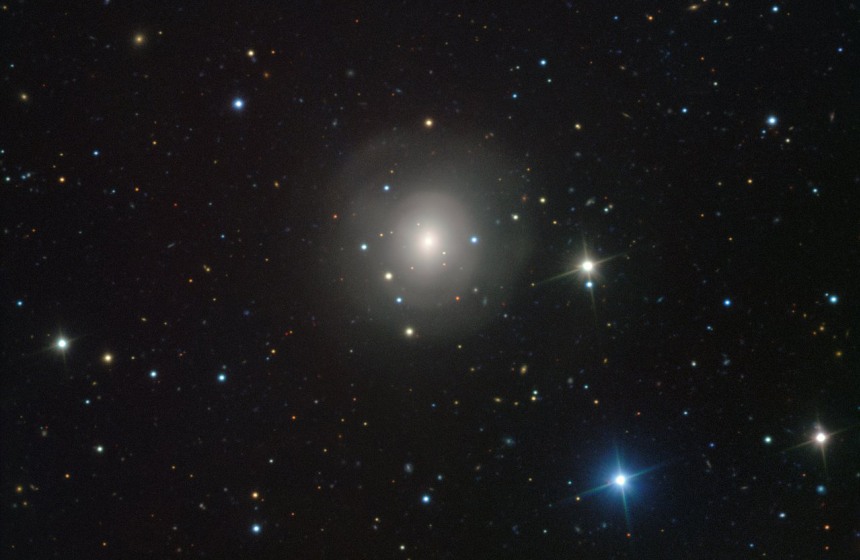 Neutron Stars and Gravitational Waves
Neutron Stars and Gravitational WavesSETI Institute Senior Astronomer and host of the radio program and podcast Big Picture Science Seth Shostak wrote an article for NBC News Mach about the neutron star/gravitational wave discovery by LIGO.
LIGO is the Laser Interferometer Gravitational Wave Observatory operated by Caltech and MIT. Gravitational waves are ripples in space, similar to ripples caused when a stone is tossed in water, only gravitational waves are corrugations in space/time.
LIGO and its sister Virgo in Italy have detected two neutron stars colliding at a distance of approximately 130 million light-years.
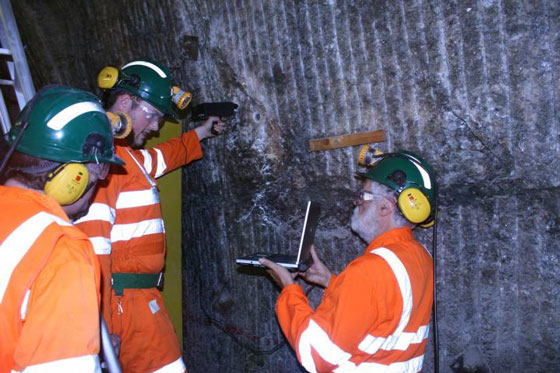 Deep Mine Research and Education at Boulby Mine
Deep Mine Research and Education at Boulby MineSETI Institute scientist Rosalba Bonaccorsi is part of the expedition the team when NASA Spaceward Bound and the U.K. Centre for Astrobiology conduct a planetary analog expedition in the Boulby Mine. Boulby is the site of the astrobiology analog research with the Mine Analog Research Program (MINAR).
The team includes scientists, teachers, engineers, biologists, geologists and astronauts who will work on a variety of science and technology projects to address specific scientific questions and test a variety of potential technologies and planetary exploration protocols.
Spaceward Bound is an educational program and will use the lab and mine environment to carry out science and technology in support of the subsurface exploration.
- SETI.org: Catch Up with SETI Institute Scientist Rosalba Bonaccorsi on her NASA Spaceward Bound Expedition to the Center of the Earth (Almost!)
- 4 News UK: Looking for Life on Mars, Under North Yorkshire
- Science Springs: From SETI Institute: Women in STEM – Catch up with SETI Institute Scientist Rosalba Bonaccorsi on her NASA Spaceward Bound Expedition to the Center of the Earth (Almost!)
- Labmate: Testing Mars Capability Underground
 Big Picture Science
Big Picture ScienceLast week Too Big to Prove, explored the long road to the Nobel Prize in Physics. This week’s encore Sex Post Facto wonders how necessary sex is for reproduction.
Last week Franck Marchis was live from the Division of Planetary Sciences meeting in Provo, UT with planetary scientists. Cynthia Philips, Jim Bell and Hal Levison talking about future NASA missions. There was also be a bonus Facebook Live from the SOFIA hangar in Palmdale, CA with participants in the Airborne Astronomy Ambassadors program.
- All past Facebook Live videos can be seen on the SETI Institute’s Facebook page at https://www.facebook.com/SETIInstitute/.
- SETI Talks: November 29, Menlo Park, CA Featuring Jeff Coughlin and Geert Berentsen and a discussion of the Kepler and K2 missions.
- Astronomy Society of the Pacific: December 5-8, St. Louis, MO Pamela Harman will speak.
- American Geophysical Union: December 11-15, New Orleans, LA SETI Institute Scientist Matt Tiscareno will present research on the planetary rings of Saturn and the Cassini mission. Other SETI Institute scientists participating will include Nathalie Cabrol, Franck Marchis, and Pamela Harman.
- American Astronomical Society: January 8-12, Washington, DC SETI Institute scientists and staff will participate.
- Consumer Electronics Show: January 9-12, Las Vegas, NV Franck Marchis will participate
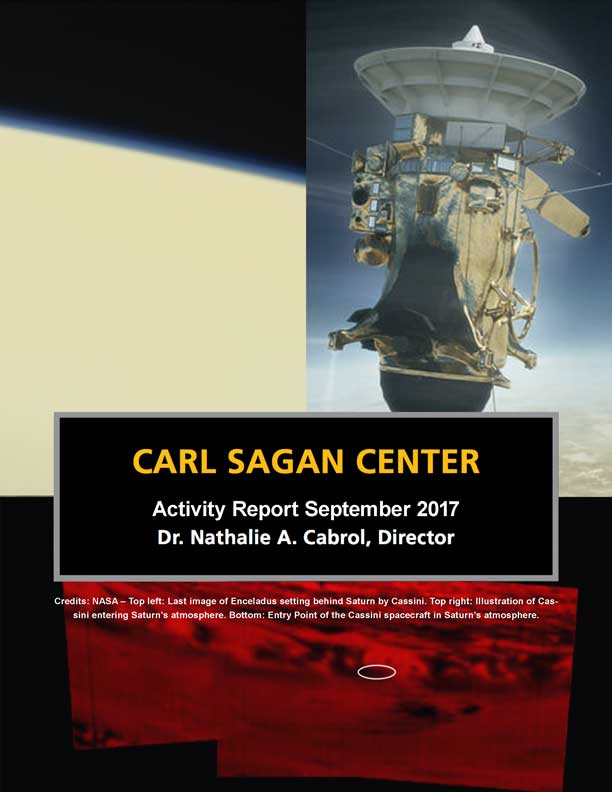
SETI Institute scientists and staff had a busy September. You can download the whole September 2017 activity report here. Download full report
Some highlights include:
- Peer-reviewed articles published or accepted for publication include:
- The New Horizons and Hubble Space Telescope search for rings, dust, and debris in the Pluto-Charon system (Icarus, co-author Mark Showalter)
- Antarctic ecosystems as planetary models: University valley as a model for Mars and Lake Untersee as a model for Europa and Enceladus (The Polar Journal, co-author Dale Andersen)
- Bladed Terrain on Pluto: possible origins and evolution (Icarus, co-author Ross Beyer)
- See report for more
- The work of SETI Institute scientists has been or will be featured at several important scientific conferences and events including:
- European Planetary Science Congress (September 2017 – Natalie Glines, Henrik Hargitai, Virginia Gulick)
- XVII International Conference on Science, Arts and Culture (September 2017 – Rosalba Bonaccorsi)
- Division of Planetary Sciences Conference (October 2017 – Matt Tiscareno)
- American Geophysical Union Fall Meeting (December 2017 – Janice Bishop, Michael Busch, Franck Marchis, Matt Tiscareno)
- See report for more
- The K2 Handbook was released which describes K2 operations, performance, data analysis, and archive products (Jeff Coughlin, Doug Caldwell)
- SETI Institute scientists wrote for or were featured in popular media including:
- First News U.K. (Jeff Coughlin – K2)
- International Astronomical Union (Mark Showalter, Ross Beyer – Pluto’s Feature Names)
- “Now This” Facebook video (Jon Richards, Seth Shostak – ATA)
- See report for more
- Professional and public presentations included:
- Skype a Scientist presentation to elementary and high school scientists in Colorado, Illinois and Washington (Michael Busch – Small Bodies in the Solar System)
- StarTalk All Stars (Seth Shostak – METI)
- See report for more
- The SETI Institute expedition flag was taken to Iceland by Natalie Glines and has now returned to the SETI Institute
Download Report here: Carl Sagan Center Activity Report September 2017

